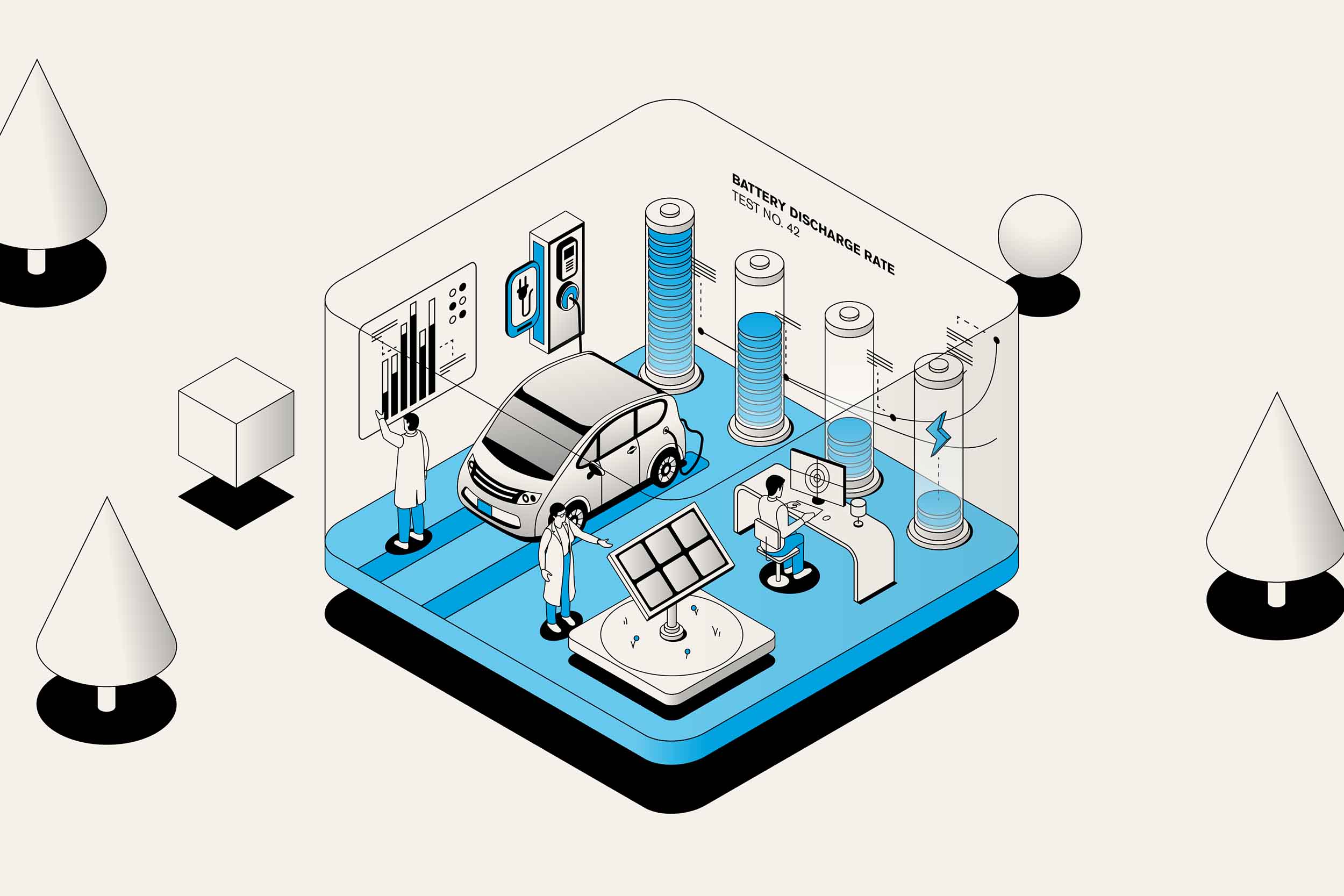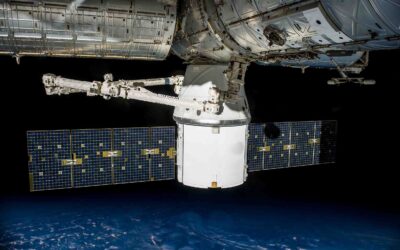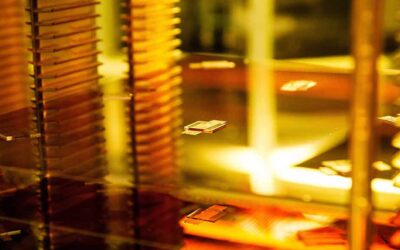ASU Proposers Day invites industry leaders to collaborate on state issues
By Mary Beth Faller
October 27, 2022
This story originally appeared in ASU News.

As part of the state’s effort to invest in the New Economy Initiative, to strengthen Arizona’s economic future, Arizona State University is creating five science and technology centers, where industry, entrepreneurs, faculty experts and students will collaborate to define the state’s most urgent problems and develop solutions.
Two science and technology centers were created in 2021 and have become fully operational this year. And three new ones were launched Monday as part of the ASU Science and Technology Centers Proposers Day, an event held at Old Main on the Tempe campus to start the process of deciding which projects will be funded.
Sally Morton, executive vice president of ASU’s Knowledge Enterprise, said the science and technology centers are the engines of the New Economy Initiative at ASU.
“ASU views today’s work — your work — as crucial,” Morton said Monday during a videotaped message to the crowd.
“The science and technology centers will provide a pipeline of technology innovation for the future.”
Funded by the state, the New Economy Initiative aims to create 40,000 new high-wage jobs by 2041, increase economic output to $6.9 billion by 2032 and double the return on the state’s investment by the same year.
The creation of the science and technology center is just one of three roles the university has defined to support the New Economy Initiative. The other roles are growing the Ira A. Fulton Schools of Engineering and training students and the current workforce for new kinds of jobs.
The two centers that are already at work are the Advanced Materials, Processes and Energy Devices center, called AMPED, and the Manufacturing, Automation and Data Engineering center on the Polytechnic campus, called MADE.
AMPED has already funded 11 projects, including a new way to reduce the size and weight of power amplifiers for use in satellites. MADE, which will work to improve manufacturing using process science, engineering, robotics, automation, data analytics and artificial intelligence, is already working with Intel to create a more efficient manufacturing process.
The three centers that were launched Monday are:
The Advanced Communications Technologies center (ACT)
The ACT center will create new information systems and communications solutions. According to Daniel Bliss, director of the center and a professor in the School of Electrical, Computer and Energy Engineering, augmented reality is one important application for this kind of research.
The Human Performance center (PERFORM)
PERFORM will develop technologies to improve physical and cognitive performance in people of all ages.
The Extreme Environments center (EXTREME)
EXTREME will address the challenges of growing population centers in the areas of air, water and heat.
The centers do several things, including providing access to ASU’s state-of-the-art facilities and equipment and offering faculty expertise. They also require a financial investment on the part of private sector companies and partnerships with ASU research faculty.
One of the most important ways ASU will tackle these technology challenges is by providing matching funds for industry-funded research, determined through pitch events such as the one on Monday.
Businesses of all types and sizes are encouraged to propose projects. The two science and technology centers launched earlier this year are working with small companies that have a handful of employees and also with corporate giants like Intel and Northrop Grumman.
Monday’s event saw businesses, government agencies, nonprofits and utilities share their ideas.
Kyle Squires, dean of the Ira A. Fulton Schools of Engineering, said that the goal of the New Economy Initiative is to create high-value jobs, and the centers will shorten the distance between ideas and implementation. The Proposers Day discussions are the beginning of that process, intended to identify needs and challenges.
“What are the pressing problems? What are the pain points? Where are the gaps?” he said.
One brainstorming session for the Extreme Environments center focused on water issues. The participants were guided through an ideating exercise, which revealed that many of their shared problems involve access and analysis of data.
For example, SRP is working on a new computer model to track vegetation as a way to improve water flow while also mitigating wildfire risks. The utility needs help to quickly scale up the model.
A small Tempe-based company called Healing the Earth has created a method of container farming that uses very low amounts of water but needs software that can pinpoint the correct amounts of water, nutrients and light required for the company to be able to guarantee performance.
The Arizona Department of Environmental Quality needs more accurate, real-time water-monitoring data that’s shareable with the public.
A company called Planet Lab has enormous data sets of satellite images that can help hydrologists but needs better analysis to uncover more ways to use the images.
Other centers’ sessions focused on topics as broad as government policy and as specific as the lack of autonomous-vehicle testing facilities in Arizona.
One group addressed how researchers can convince people to use wearable devices and how to share data within the confines of privacy laws. Other participants highlighted the difficulty of transferring heat-mitigation solutions created in a lab to real life.
The next step is for proposers to submit specific project requests by December, with the goal of starting the projects in February, Squires said. The next Proposers Day is March 22.
Fulton
Researcher
Kyle Squires
Senior Vice Provost for Engineering, Computing and Technology;
Vice Provost of the Polytechnic Campus
Arizona State University
Dean and Professor
Ira A. Fulton Schools of Engineering
Related Stories
ASU facilities provide opportunities for businesses to scale research
Arizona State University’s Core Research Facilities offer state-of-the-art equipment available for public use
Powering up computing capacity
ASU faculty member Matthew Marinella works with Sandia National Laboratories to make radiation-hardened computing technology more efficient
ASU poised to help close microchip manufacturing gap
ASU, along with a host of state economic development and business leaders, was deeply engaged in efforts to build a consensus for the CHIPS and Science Act
ASU a major player in microelectronics
Fulton Schools researchers among Arizona State University experts who share insights about this microscopic world





